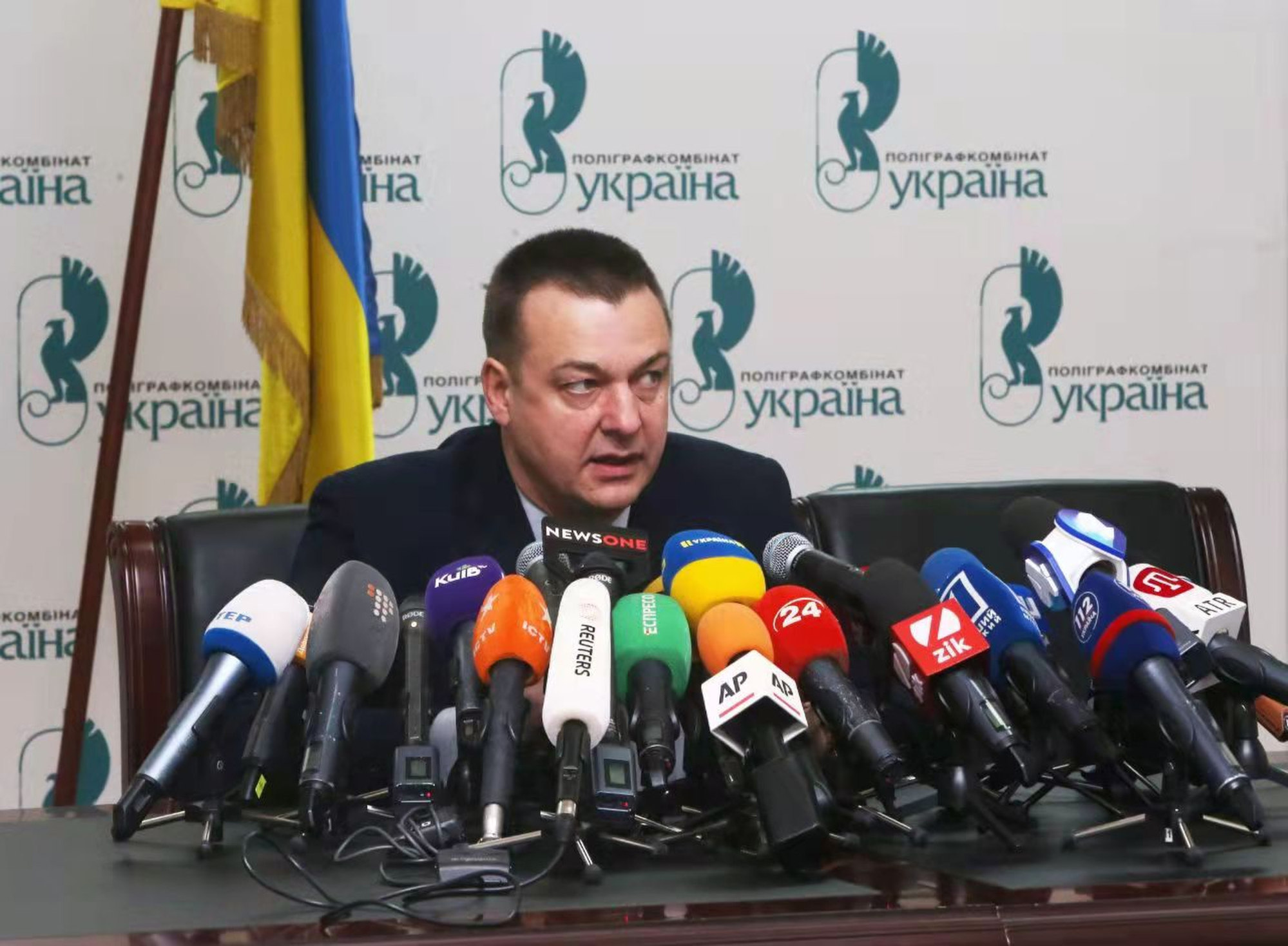
China is close to Russia, but it has looked to Ukraine for military technology
- Former Soviet republic supplied the PLA Navy’s first aircraft carrier, missile systems and a fighter jet prototype
- ‘Beijing wants technologies, and Ukraine … successfully cooperated in this direction,’ ex-defence official says
In recent decades, the former Soviet republic has sold key military equipment and technology to China, including its first aircraft carrier, missile systems and a fighter jet prototype. According to a former Ukrainian defence official, those transactions helped ease the country’s financial troubles.
It started with the biggest and most significant deal – for an unfinished Soviet aircraft carrier called the Varyag. The vessel was about two-thirds built at a Black Sea shipyard when the Soviet Union collapsed in 1991.

Konstantin Khivrenko, who served in the Ukrainian defence ministry from 1993 to 2004, said the government had to sell the vessel to help the cash-strapped shipbuilder.
According to Khivrenko, now a Ukrainian reserve colonel, the government was convinced at the time that it would be used as a casino and “would not contribute to the militarisation of the region”.
It also provided a much-needed cash injection for Ukraine.
“It would have taken at least US$10 million to US$15 million from the Ukrainian budget to complete [the vessel] – the young country simply did not have this money,” he said.
“By selling the aircraft carrier … Ukraine replenished its budget by US$25 million. This amount was quite large for the country at that period of time,” Khivrenko said, adding that the vessel did not suit Ukraine’s defence needs.
The warship was eventually completed in China, renamed the Liaoning, and became the centrepiece of the PLA Navy.
That technology helped China develop its J-15 carrier-based fighter jets, and the QC 280 gas turbines that power the navy’s most advanced stealth guided-missile destroyers, the Type 055s. Chinese shipbuilders have also developed their own Zubr air-cushion landing craft under the guidance of Ukrainian experts.
But Khivrenko denied reports that the West, especially the US, had tried to intervene and stop the transfer of military technology to China. “No one has ever tied the hands of Ukraine to prevent any military-technical trade deals” with Beijing, he said.
“There has not been a single case of industrial espionage by the Chinese side recorded in Ukraine over the past seven or eight years – that also says a lot,” he added.
“China is no longer interested in buying goods,” Khivrenko said. “Beijing wants technologies, and Ukraine didn’t only understand this, but also successfully cooperated in this direction.”
However, not all of the investments have been successful.
Still, Khivrenko pointed to strong ties in areas such as manufacturing, agriculture, science and culture.
China is now Ukraine’s largest single trading partner, overtaking Russia in 2020 with trade turnover of US$15.4 billion, including US$7.1 billion in Ukrainian exports, according to the State Statistics Service in Kyiv.
But Russia’s invasion of Ukraine has put China in a difficult position. Beijing has said it opposes the war but has not condemned Moscow’s aggression. It has said it respects the territorial integrity of both countries and has called for a diplomatic solution.
“I think the Ukrainian government also did not expect Beijing officials to start criticising Moscow heavily,” Khivrenko said. “Beijing has almost never made quick and sharp statements regarding any geopolitical topics.”
“It is important for Xi Jinping to use not only political instruments, but also to get involved in the process of ending the war on a personal level,” he said. “China could become a convenient moderator for Russia in future negotiations to end the war and expand its diplomatic participation in other forms.”

